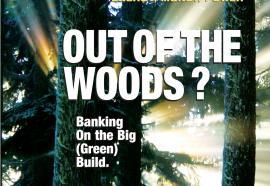The Coming Conflict
Predicting discord in power plant property tax assessments.
At a time when many states and municipalities are facing budget deficits of historic proportions, many power generators are struggling against declining demand, the lowest electricity prices in many years, and looming carbon legislation. As a result, tax authorities might be seeking to raise property tax receipts at the exact same time that many generators are looking to lower their assessments. Conflict appears to be on the horizon, but where will it emerge? An examination of state budgets, as well as the expected changes in generator gross margins, reveals how tax collectors and taxpayers are most likely to respond.











